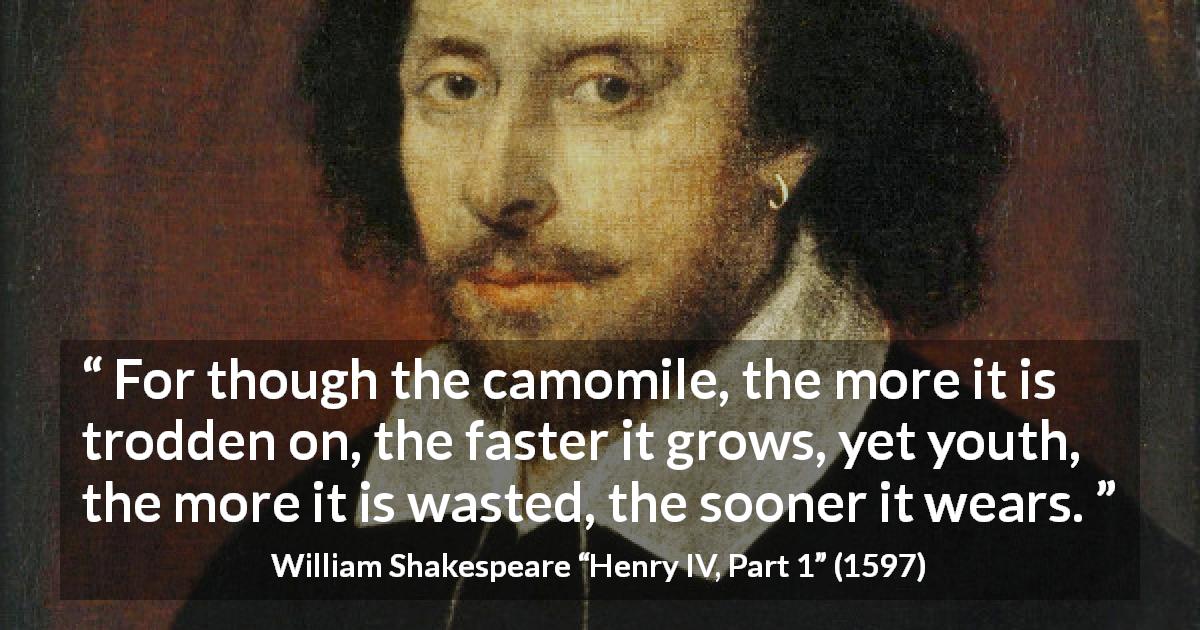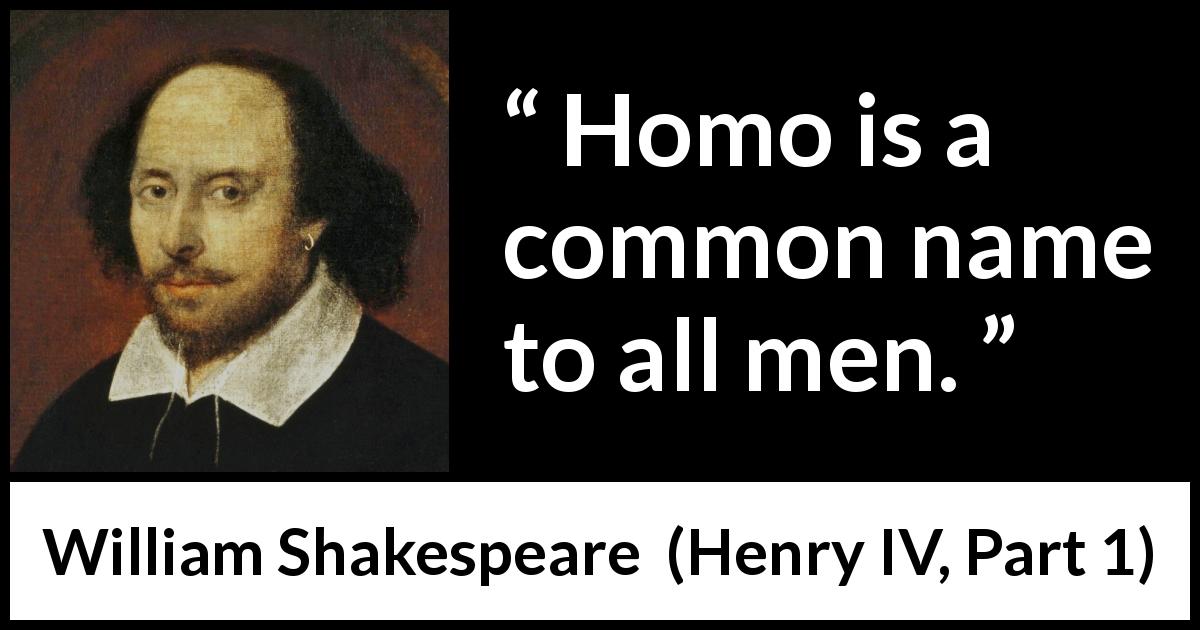

“All studies here I solemnly defy, Save how to gall and pinch this Bolingbroke:Īnd that same sword-and- buckler Prince of Wales” This sets the scene for their switch to Lord Mortimer’s side and the rise of the rebellion against King Henry IV that forms the main plot of the play. Having been publicly berated by the King over his attitude and refusal to hand over Scottish prisoners, Hotspur privately expresses his anger over what he perceives as the King’s ingratitude to him and his father. In the play, he largely acts as a foil to Bolingbroke’s wayward son Hal, the Prince of Wales.ĭown-trod Mortimer As high in the air as this unthankful king, The Percy family provided support to Henry Bolingbroke, which was crucial in allowing him to take the throne from his cousin Richard II and become King Henry IV. GradeSaver, 1 January 2000 Web.Henry Percy, (or Hotspur, owing to his tempestuous nature and fiery temper) is the son of the Earl of Northumberland. Other characters who were changed include Peto, who was called "Harvey," and Bardolph, known as "Russell." Next Section Henry IV Part 1 Summary Buy Study Guide How To Cite in MLA Format J. This man, an ancestor of the Cobham family, was likely removed after William Brook, the seventh Lord Cobham and also the lord chamberlain, protested to the use of his ancestor. Among them is Falstaff, who was initially known as Sir John Oldcastle.

In playing the madcap, Hal is really only learning the skills he will need when he assumes the throne as Henry V.Īt the time of writing, several of the names Shakespeare chose for his characters were censored and subsequently amended. The combination of trickery, acting and statecraft show up in the way Hal controls the stage whenever he appears. Hal is in fact Shakespeare's version of the ultimate Machiavel, based on Machiavelli's The Prince, printed in 1532.

The image of Hal as being a man ready to assume power is presented in the first act to us, when Hal tells the audience that he is really only undercover, learning the languages of the common man. This image of Hal is built upon a play called The Famous Victories of Henry V, printed in 1598, which depicts Hal as a madcap in his youth who then undergoes a reformation and assumes the throne. He is a prodigal son who wastes his time in taverns and with the commoners. Thus, in the famous battle at Shrewsbury, we see several noblemen pretending to be Henry IV as a way of confusing the enemy.īy far the most compelling character is Prince Hal, Henry's son. Henry IV soon realizes that he can only defeat the Celtic rebels and the Percy alliance by using tricks and warfare. The central problem of this play is for Henry IV to establish control over territories he did not inherit. Both Welsh and Irish were considered barbarous languages, and Shakespeare makes a point of comparing the two. The relationship between the Irish unrest and the Welsh rebellion is explicated several times in the play, notably by the use of language. In 1595, the Earl of Tyrone challenged English rule. The alliance between Northumberland and Wales is also mirrored in contemporary times by the unrest in Ireland.

Indeed, as late as 1569 members of the Percy family attempted to overthrow Queen Elizabeth and put Mary Queen of Scots on the throne. The challengers to the throne are from Northumberland, a place considered lawless even in the late sixteenth century. In the play, it is the Percy family who rebels against Henry IV, forcing him to defend his rule. The history behind the play was remarkably current even in Shakespeare's time. Subsequent individual publications followed, indicating how sought after the play was. It was printed in two quarto versions in 1598 and five more editions were added before the 1623 First Folio appeared. In spite of comments by some contemporaries, notably Sir Philip Sidney, that this mixture of cultures violated social codes, the play proved immensely popular. Added to this mixture of bawdy commercialism and aristocracy is the magical world of Glyndwr's Welsh castle. Instead, the play moves rapidly from court life to street life, from the poetry of the nobles to the rituals of drinking in the tavern. Following Richard II as part of the tetrology, it does not conform to the traditional setting or subject matter of a chronicle play. Henry IV, Part One marks a new form of history play for Shakespeare. The First Folio of 1623 adopted the 1613 version of the play, but altered some of the scenes and oaths to conform with a profanity act passed in 1606. The second quarto serves as the standard text for most modern editions, and was followed closely by five more quartos in 1599, 1604, 1608, 1613, and 1622. Henry IV, Part One first appeared in print in 1598, when two separate quartos were made.


 0 kommentar(er)
0 kommentar(er)
